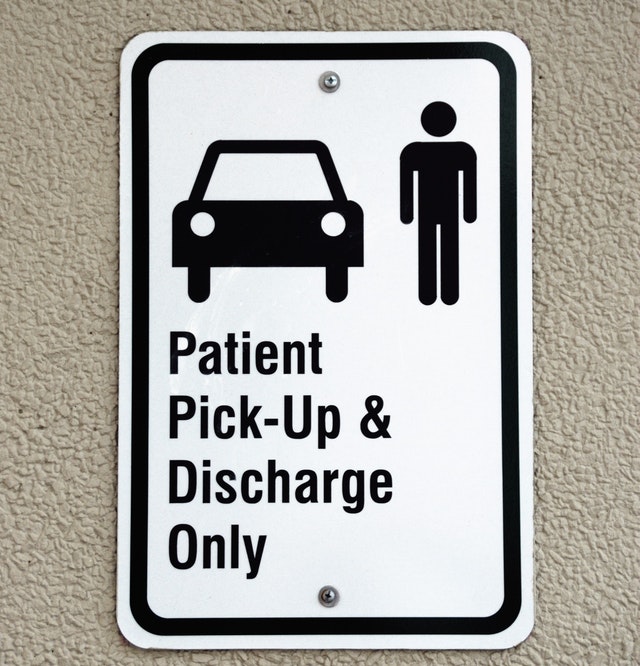90 year-old Judy was leaving the hospital with a port in her chest and instructions to have an injection administered via the port every day for 30 days.
When the hospital discharge planner asked, “Is there someone at home who can help you with this?” Judy responded, “Yes, my husband can help me.”
“Great” The discharge planner replied. “We have ordered home health to come out and help you. They should set up an appointment with you in 48 hours of discharge.”
Judy thanked the discharge planner and went home with a neighbor who had volunteered to pick her up.
Did the discharge planner at the hospital meet Judy’s husband? No.
Did anyone show the husband how to administer the injection? No.
Did she know that Judy is the primary caregiver for her husband, who is 95 and has dementia himself? No.
Judy went home and waited. No call from home health. A husband who needed caring for, rather than caring for her. No one to help her with the injections.
You can imagine that this did not go well for Judy or her husband.
I’d like to tell you that this story is unique. But it isn’t. Patients today are being sent home from the hospital or discharged from skilled nursing facilities with more complex care needs than ever before.
Family caregivers are expected to take on more and more medical tasks, for which they have little or no training.
Tasks such as giving injections, taking care of a variety of wounds, managing and administering medications, while also dealing with incontinence and a wide range of other care needs such as meal preparation and housekeeping.
Do you know that perennials take an average of 14-16 medications per day? Each medication has its own set of instructions such as “on an empty stomach,” “with food,” or “as needed.” Some are taken once a day, other 4 times a day. Plus there may be eye drops and inhalers that need to be administered too.
Not surprisingly, even professionals make errors when preparing a medication dispenser for a perennial, so imagine what faces any family caregiver.
And what happens to Judy’s husband now that she cannot provide the caregiving as before? Does anyone recognize the many problems the two of them with face once Judy gets home?
This is not to blame discharge planners. They are working to get people of our their facilities and back home. Often, they ask the right questions (“Is there someone at home who can help you?”), but they cannot verify that this person is capable of performing the necessary tasks.
They also arrange services (“Home health will call you within 48 hours.”), but they do not follow-up to insure that you are getting the services you need.
You can see why families find themselves overwhelmed and bewildered when providing caregiving. While they are glad to have their loved one home, the caregiving required (from discharge instructions to medications of all kinds) often goes far beyond the family’s abilities to understand and deliver.
They lack the training they need to be effective caregivers.
Anyone providing family care at home should be thought of as part of the overall medical team.
Their training and competence at performing the required tasks are crucial to their perennial’s overall improvement and reducing the chance of readmission to the hospital.
If you find yourself in the role of family caregiver and you have questions about what you are doing…ASK. Don’t assume that because they were discharged you “ought to be able to care for them.”
You can also get professional help in the community. Geriatric Care Managers are often social workers and nurses who can help you find the right resources, answer questions, and advocate on your behalf with the medical staff treating your perennial.
Do you have a story about being a family caregiver? Share it with us!





